Resilience
A personal story
In this first online exhibition we showcase several artworks from the ING Collection that explore the theme of Resilience. This deals with how we live through the challenges that each era faces. As always, times are changing. But it's how we, nature and society respond to that change that matters most. Being resilient is about embracing change and moving forward.
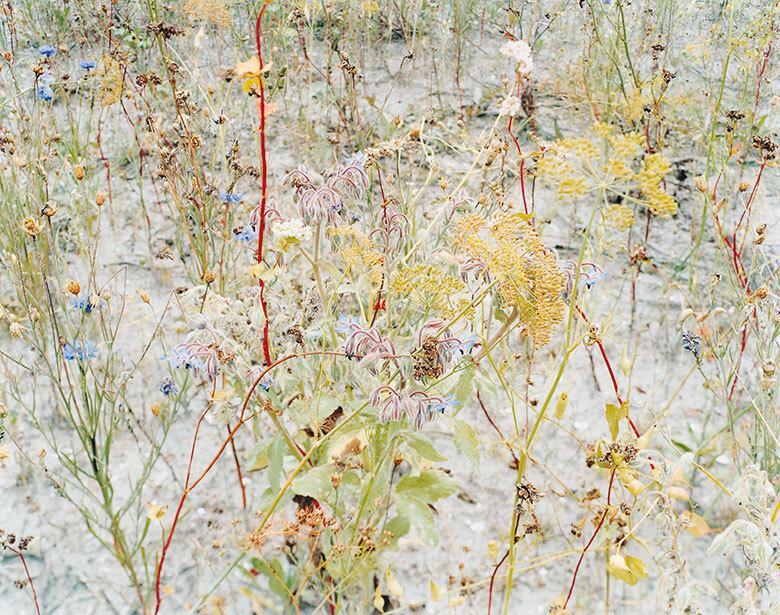
Ruigoord 3 (2003) by Wout Berger
The quests of artists to capture resilience
Over time artists have visualised a changing world. What does nature look like after a forest fire? How does society respond to a pandemic? Or closer to home, how would you adapt if moving to another country? It all has to do with being resilient.
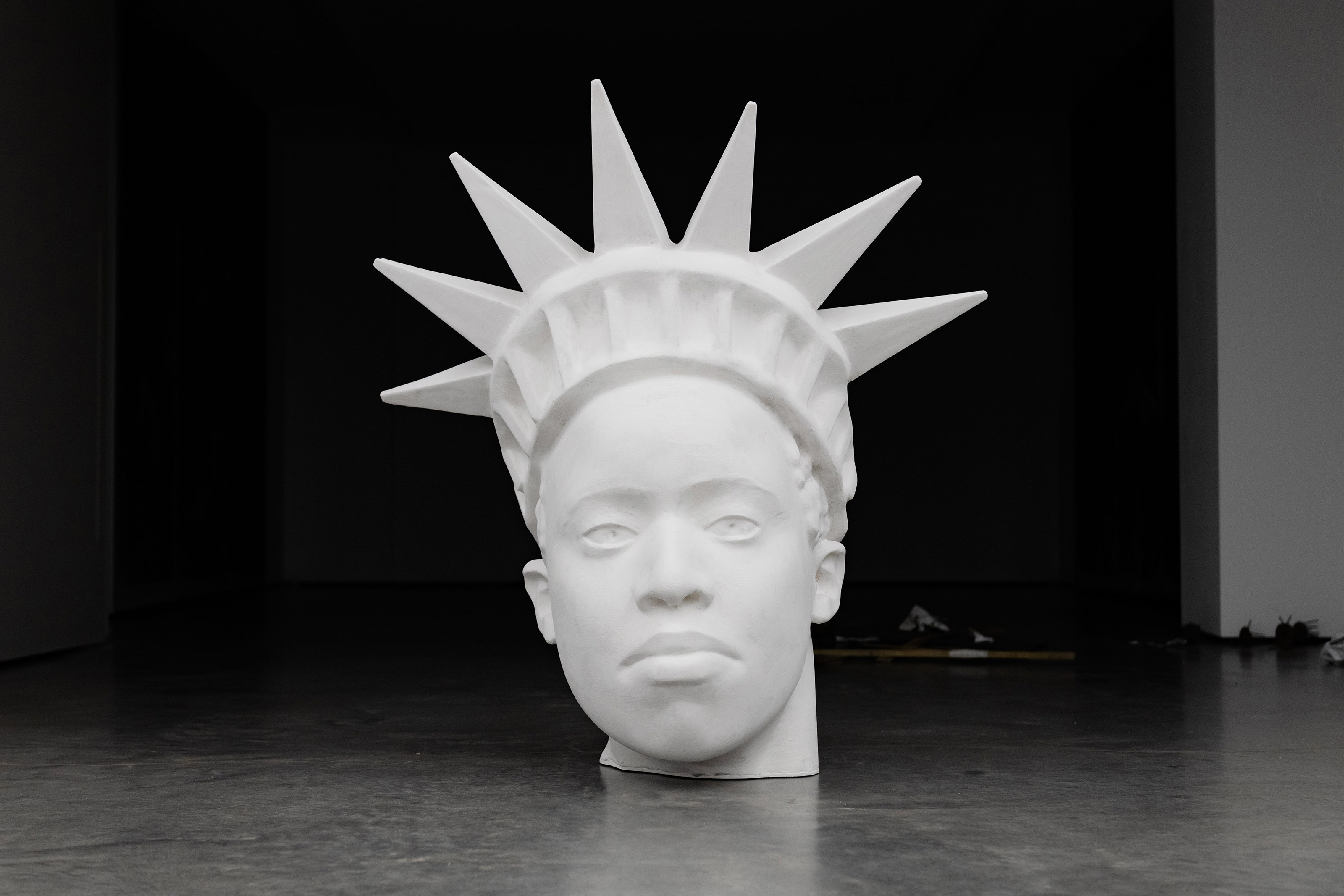
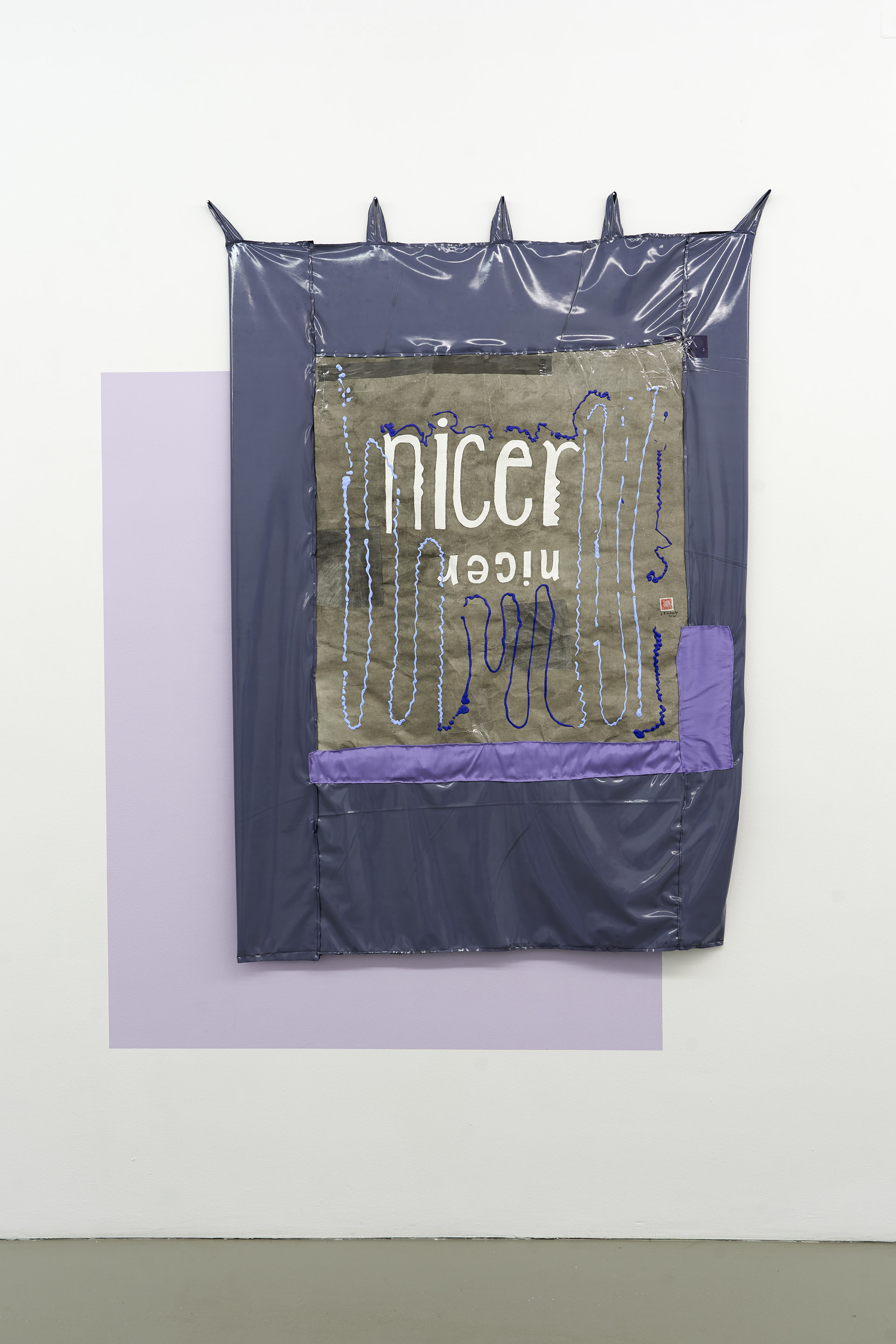
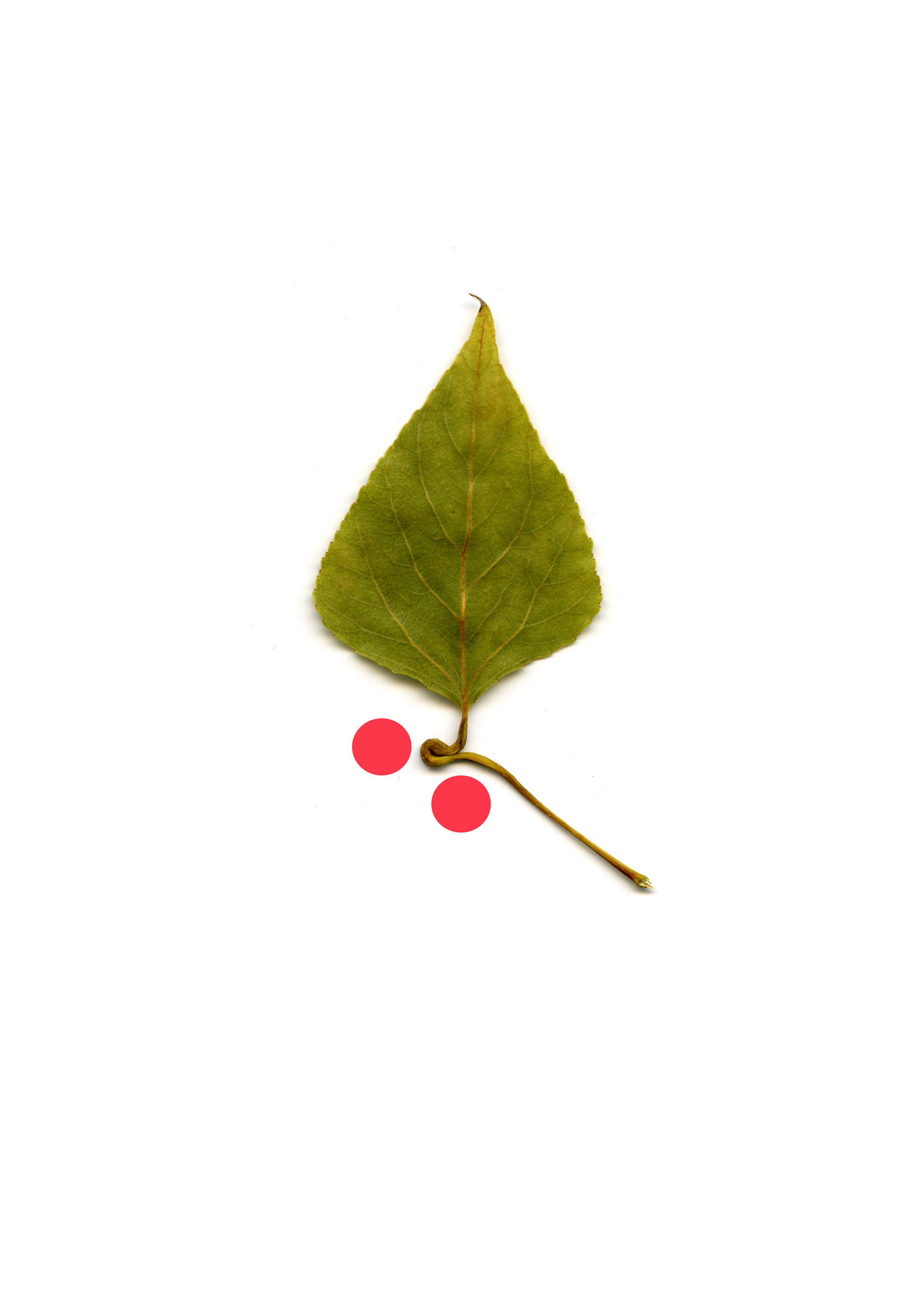
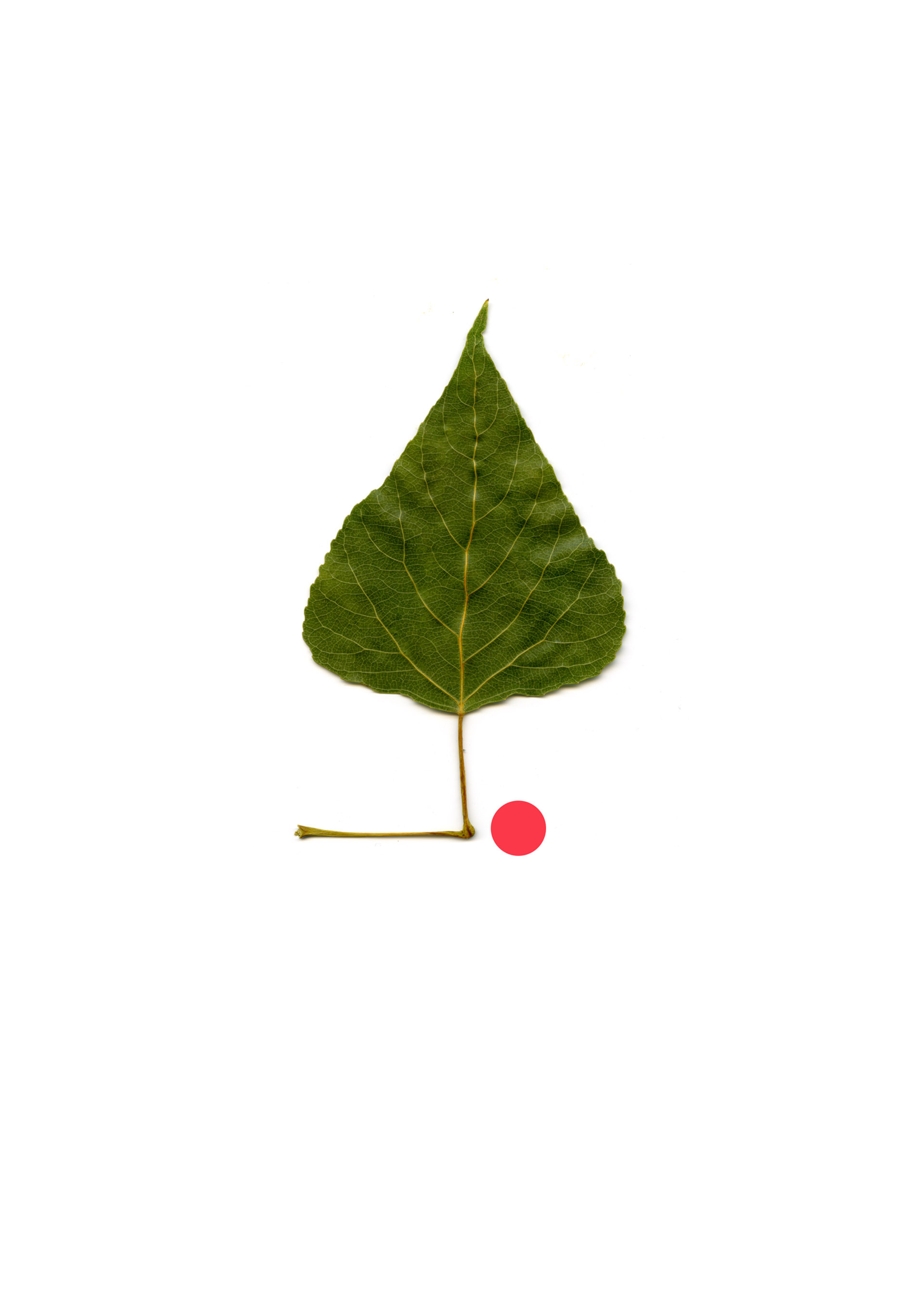
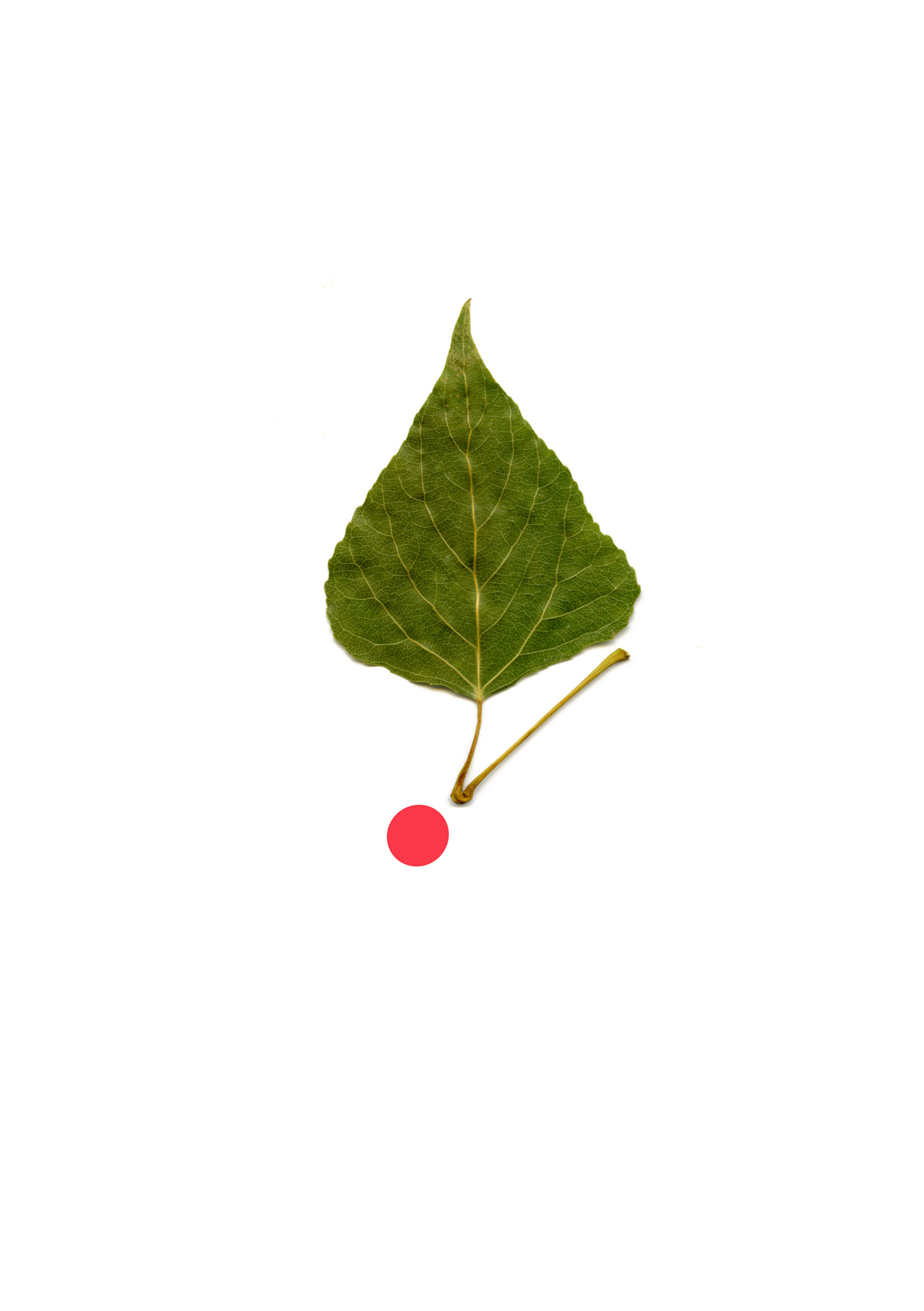
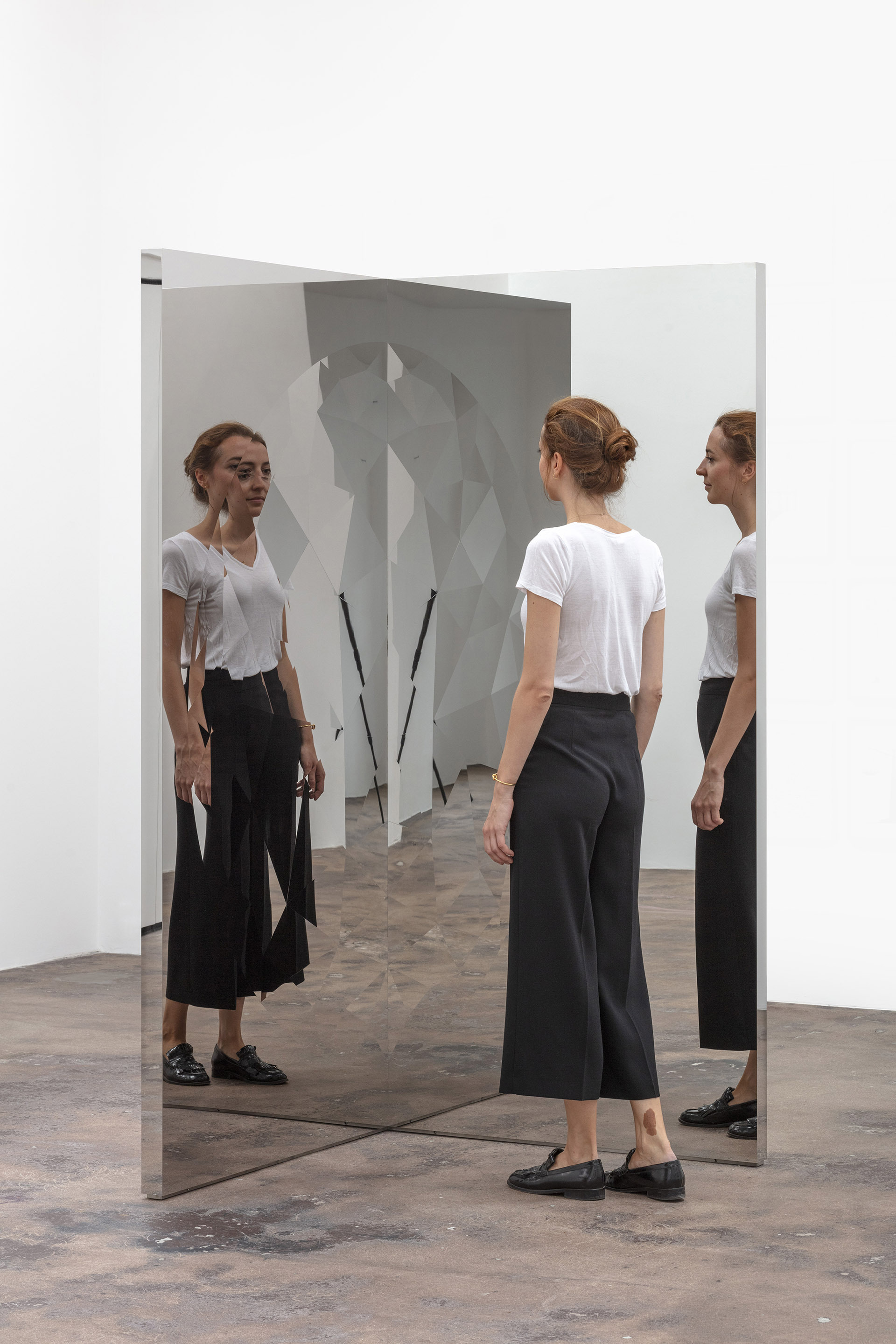
Anne Geene
"To be progressive is to be versatile. Nature might be the most progressive of all. Always growing towards the light and creating the best environment for itself."
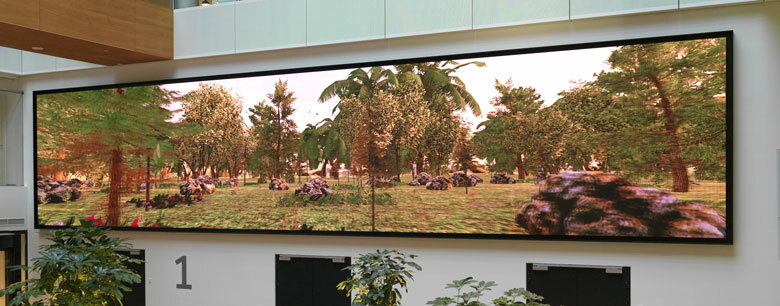
Northstar Special Edition (2019) by Tabor Robak
Tabor Robak (1986)
Tabor Robak, de Michelangelo van de digitale kunst, oftewel ‘Pixelangelo’, heeft altijd genoten van een mooie wandeling in het bos. Met Northstar, een 15 meter lang digitaal kunstwerk in het hoofdkantoor van ING, simuleert hij een oneindige wandeling in de natuur. Robak ziet de natuurlijke wereld als het perfecte tegengif voor de opborrelende angst in het moderne leven. Ironisch genoeg besloot hij dit gevoel te vangen in een oneindige virtuele ervaring.
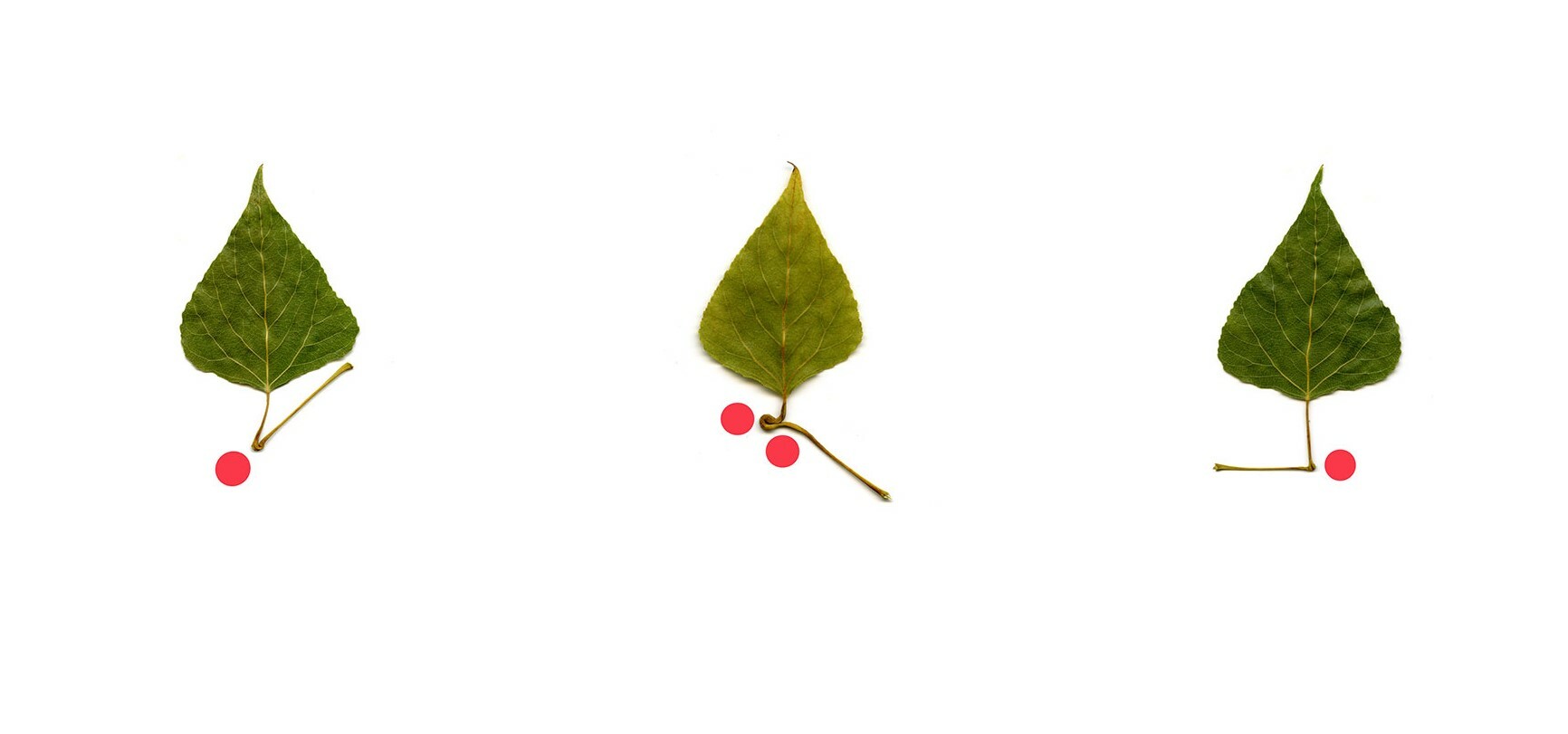
Modifications (2014) by Anne Geene
Anne Geene (1983)
Anne Geene uses her photographs to investigate and understand the world around her – all with the precision of a scientist. In Modifications, Geene explores the concept of versatility. Unlike animals (and people), plants have no pre-set final form. The leaves in this picture were picked from a tree in Berlin that stands in the shade most of the day. Consequently, its leaves grow around the corner to where it's sunny.

Fragmented Circle (2018) by Jeppe Hein
Jeppe Hein (1974)
Through his artwork Fragmented Circle, Jeppe Hein asks us to have a good look at ourselves. But there's a twist. Just as in the rest of Hein’s work, a dialogue with not only yourself, but also your surroundings, is key to the experience of seeing. But here's the catch: the reflective surface that he provides is flawed.

Ruigoord 3 (2003) by Wout Berger
Wout Berger (1941)
Ruigoord 3 is part of a series made by Wout Berger in 2003 around Ruigoord, which is an artists' commune on the edge of Amsterdam. The photos in this series by Berger show a fascination for nature that is able to survive against all odds. As Amsterdam grew, it would reclaim polluted land in the areas surrounding Ruigoord by covering it with sand. Berger was inspired by the cornflowers and dandelions that bloomed in this inhospitable environment.

Proposal (2020) by Fernando Sánchez Castillo
Fernando Sánchez Castillo (1970)
With Proposal, Fernando Sánchez Castillo proposes an alternative model for the Statue of Liberty, one which is more in sync with the times. This iconic monument, which stands for freedom, depicts a different woman today than what the artist had originally conceived. Sánchez Castillo is interested in the idea of transformation and how images can rise and fall in importance in today's world where reality seems so easy to manipulate.